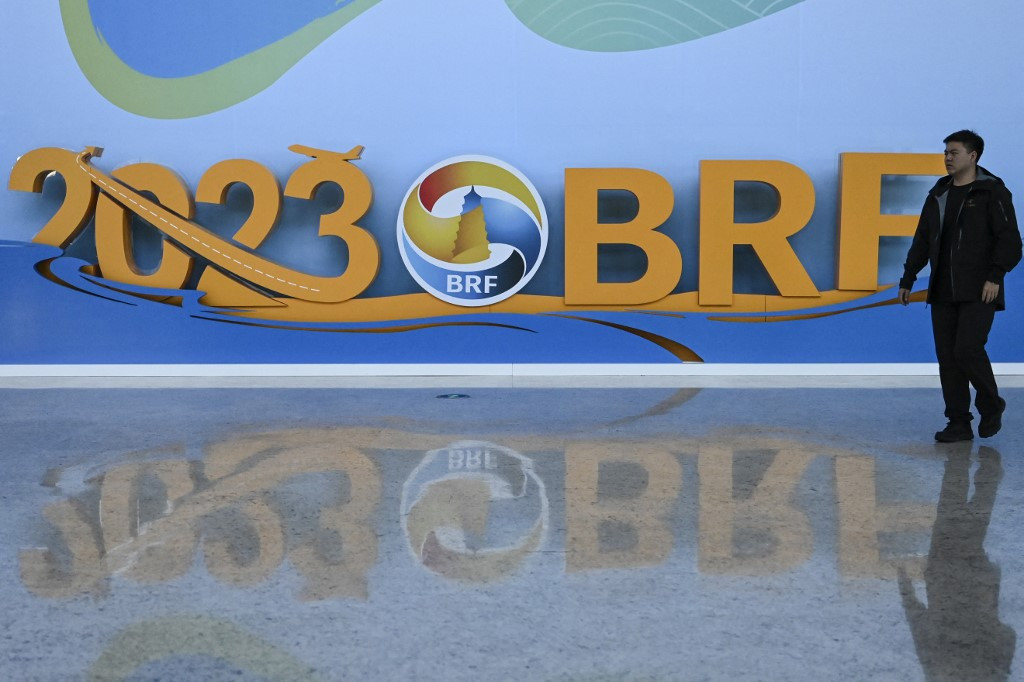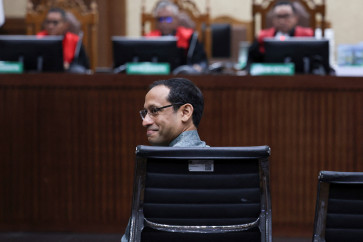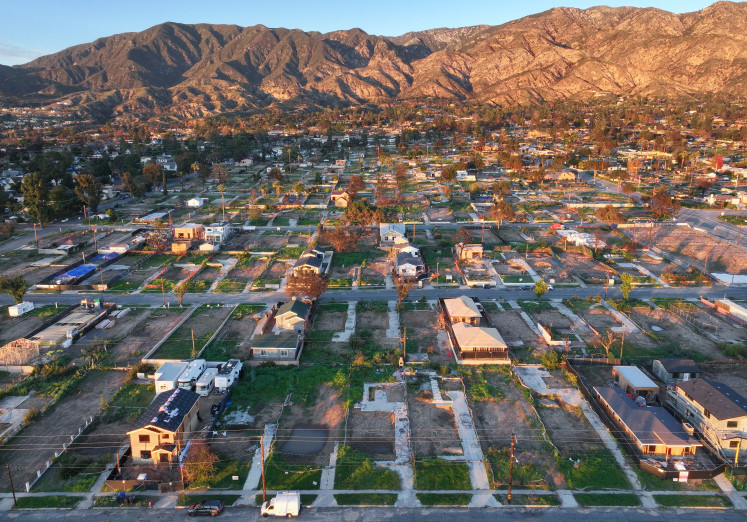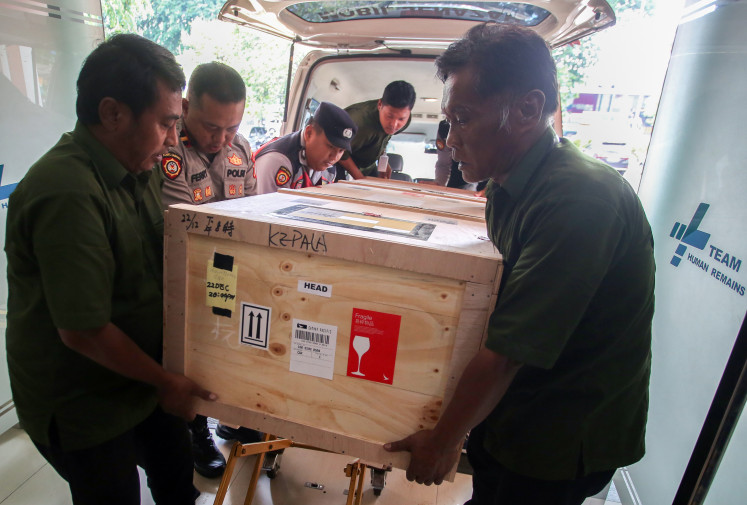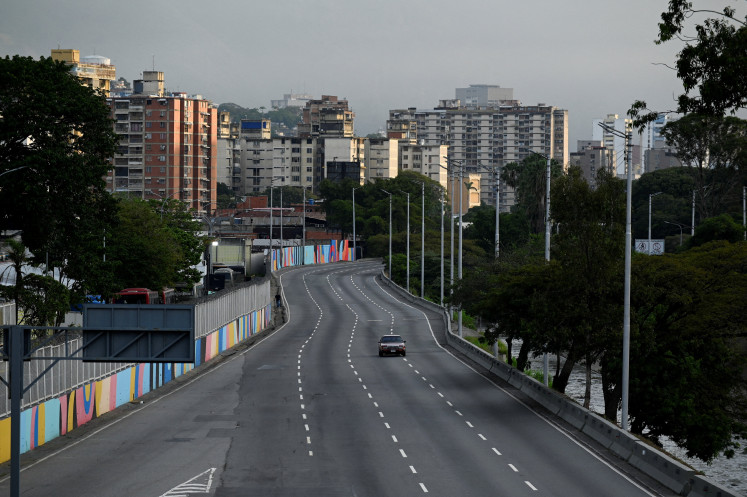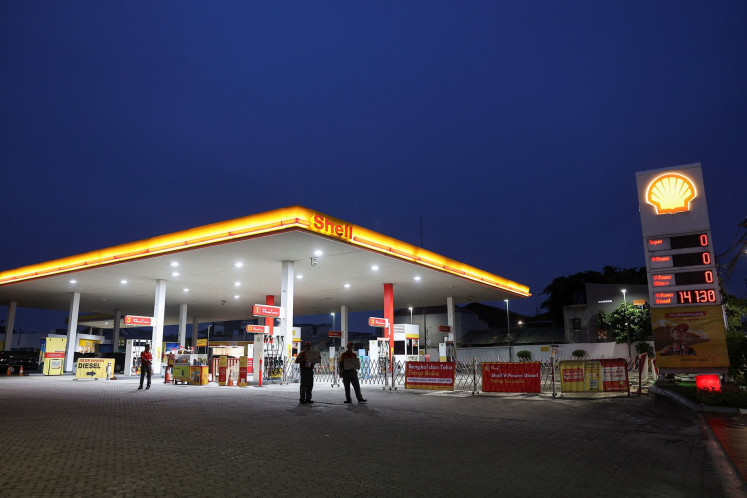Popular Reads
Top Results
Can't find what you're looking for?
View all search resultsPopular Reads
Top Results
Can't find what you're looking for?
View all search resultsA decade of progress: The BRI's global transformation
The BRI's inclusive ethos extends to all nations, with a desire for the participation of as many countries as possible, including those that are more developed.
Change text size
Gift Premium Articles
to Anyone
A
s the Belt and Road Initiative (BRI) reaches its 10th anniversary milestone, China's State Council Information Office has unveiled a White Paper titled "The Belt and Road Initiative: A Key Pillar of the Global Community of Shared Future" on Oct. 10.
This white paper provides a comprehensive retrospective of the BRI's journey, tracing its evolution from a Chinese proposal to a global initiative with tangible accomplishments. Essentially, it serves as both a decade's report card and a visionary roadmap for the future of Belt and Road collaboration. From its ambitious inception to its execution, the Belt and Road Initiative (BRI) has surpassed its early projections in remarkable ways over the past decade.
In terms of geographic reach, the BRI has garnered participation from more than 150 countries and over 30 international organizations, accounting for almost 75 percent of the world's population. Across the spectrum of its engagement, the BRI extends its influence into a diverse array of domains, spanning economics, culture, and ecology.
Whether we're talking about the hard connectivity of land-based roads and sea routes, the soft connectivity entailing collaborative efforts to enhance rules and standards, or the people-to-people connectivity in various arenas like education, culture, sports, tourism, and archaeology, the BRI has woven a sprawling network of cooperation and shared gains across the world.
The BRI marked a defining moment in China's global involvement, signifying its ascent to a prominent position on the world platform. Throughout the past decade, it has ushered in a transformative era, leaving an indelible imprint on the global terrain and underscoring its far-reaching influence across the world.
Numerous flagship projects, such as the Mombasa-Nairobi railway, the China-Laos railway, and the Jakarta-Bandung high-speed railway, are completed and operational. These milestones are poised to give a significant boost to emerging economies.
According to World Bank estimates, by the year 2030, the BRI is expected to generate a staggering US$1.6 trillion in annual global revenue, equivalent to 1.3 percent of the global GDP. As this network of transport corridors and economic hubs continues to expand, there is immense potential for enhancing trade, spurring investment, and improving the quality of life for countless citizens across participating nations.
Since the initiation of the BRI, the aspiration of forging a community with a shared future has evolved from mere conceptualization to concrete action and from visionary idealism to tangible achievement. An increasing number of nations have come to appreciate China's assertion that development is not the exclusive privilege of a select few Western countries, but rather an inherent right accessible to all nations.
The BRI has orchestrated a profound transformation on the world stage for five compelling reasons. First, it has elevated the discourse on development to a pivotal global concern. Second, it has fostered an unprecedented bond between China and developing nations.
Third, it has paved the path toward a fresh global realignment and, by extension, a novel paradigm of global politics. Fourth, it has disseminated the fundamental tenets of Chinese philosophy on a global scale.
Lastly, it has given rise to a novel breed of international institution, offering a tantalizing glimpse into a world order where the welfare of the majority takes precedence over the interests of the few—a truly remarkable reimagining of global dynamics.
Although the initial impact of the COVID-19 pandemic temporarily slowed its progress, the BRI has since bounced back with renewed vigor as the world slowly returns to a semblance of normalcy. This resilience serves as a testament to the BRI's remarkable adaptability in the face of ever-shifting global conditions. Indeed, the BRI stands as a sturdy and agile force, mirroring the ever-changing contours of the world it engages with.
A curious phenomenon emerges when we examine the spectrum of countries engaged in the BRI. Developing nations consistently exhibit a favorable stance toward BRI collaboration, whereas the sentiment among developed countries is not uniformly enthusiastic. It is essential to acknowledge that developing countries often bear more significant development burdens.
Nevertheless, it is important to note that the BRI's inclusive ethos extends to all nations, with a desire for the participation of as many countries as possible, including those that are more developed.
Ever since 2013 when China launched its magnanimous BRI, Western capitals have been viewing this monumental developmental project with skepticism; their response is tainted by an unwarranted wave of negativity and misinformation. It is quite evident that certain think tanks and media in the West, particularly within the United States, harbor certain political biases when it comes to their assessments of the BRI.
It is common to find these studies riddled with allegations of so-called debt traps, complaints of a lack of transparency and concerns about the environmental impact. It seems as though there is a concerted effort to cast a shadow over this monumental endeavor.
The BRI is not merely a vehicle for China's economic growth but a pathway to shared prosperity. It aims to bridge regional divides, boost trade, and foster sustainable development across Asia, Europe, Latin America and Africa.
From 2013 to 2022, China's trade with BRI participant nations has surged to a whopping $19.1 trillion, marked by an annual growth rate averaging 6.4 percent. Impressively, the cumulative two-way investment between China and its partner countries has reached $380 billion, with China contributing $240 billion, as revealed in the white paper.
These numbers illuminate the transformative impact of the BRI, both as a catalyst for trade and as a source of significant investment in the participating nations, underscoring its pivotal role in shaping global economic dynamics.
The future of BRI cooperation is rich with possibilities. As highlighted in the white paper, the BRI is a profound, long-term, and systematic global endeavor of the 21st century, and it has embarked on an enduring journey. The original framework of BRI, while primarily focusing on partnerships with developing nations, has become the bedrock upon which the Global Development Initiative, Global Security Initiative, and Global Civilization Initiative have flourished.
These progressive offshoots represent an intentional expansion of the initial vision, offering a wide array of dynamic approaches to fortify global development and the accomplishments of the BRI.
As traditional infrastructure projects persist, the rising prominence of digital connectivity is set to drive substantial demand for digital infrastructure across the region. This digital frontier is poised to assume a central role in the next phase of BRI implementation.
Concurrently, the green and blue economies are poised to emerge as twin drivers. These multifaceted developments paint a promising picture for growth, collaboration and shared prosperity.
***
The writer is an international affairs observer based in Karachi.

